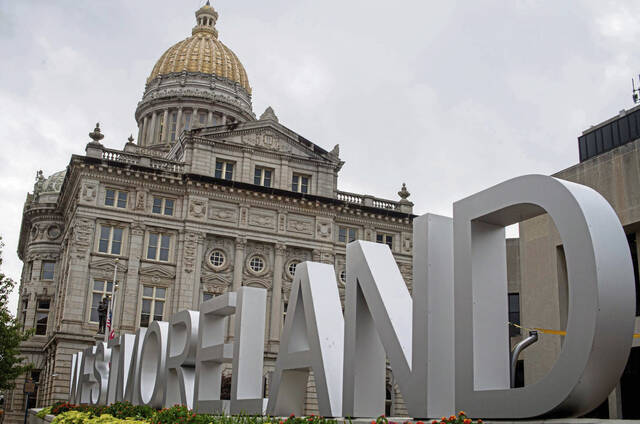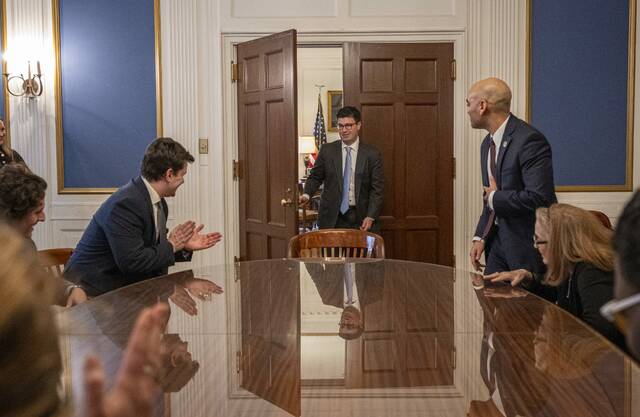Ask someone whether they want to live next to “low-income housing” and you may get push back.
It’s an idea President Trump has brought up recently, tweeting about stopping those developments from invading other neighborhoods. While the president took heat from opponents about the topic, proposed low-income housing is often countered by opposition at zoning hearings and municipal meetings.
But what is the difference between low-income and affordable?
Addressing affordable housing is a way to push back against risking real estate costs that can make it hard for people to live where they work.
Take Pittsburgh for example. The cost of a two- bedroom home in the city — whether renting or buying — can be vastly different than a similar home in Greensburg or Tarentum or Washington. Pay less for rent and you pay more in time and transportation, something that has detrimental effects on business and economic development.
Having housing that supports a workforce is important. Westmoreland County made it a priority in the 2018 comprehensive plan. Pittsburgh hired affordable housing expert Marty LaMar to be the new head of economic development for the city.
And now a new project is making it possible to buy affordable housing in Garfield. LaMar, Bloomfield-Garfield Corp. Executive Director Rick Swartz and others cut the ribbon on three Module Homes structures in the neighborhood. Two will sell at market price of around $435,000. The third is already in the sales process for $184,500.
That’s a price that requires a good job and stability. It isn’t low-income territory. But it is a solid middle-class, American dream kind of goal.
“What this project has managed to do is take several vacant lots and found a way to develop them as housing and do a blend of market rate housing and affordable housing on the same site,” Swartz said. The strategy is a sound one that has been embraced by today’s urban planners. Policies that encourage varieties of income levels in a neighborhood are proving to be more healthy.
More housing like that can help build up the workforce and by extension, develop the economy. Using it as a way to develop vacant lots is another boon that can help address blight.
It still required investment from other groups like the Urban Redevelopment Authority because land is the one thing no one is making anymore. Real estate can fluctuate but it’s always an investment, and no one is going to take a loss on building or selling homes.
The URA kicked in about $130,000 of the $900,000 project from a trust fund that uses proceeds of a 0.5% increase in the realty transfer tax to fund housing development in the city.
That works because planning affordability into the mix is a good idea for everyone.








